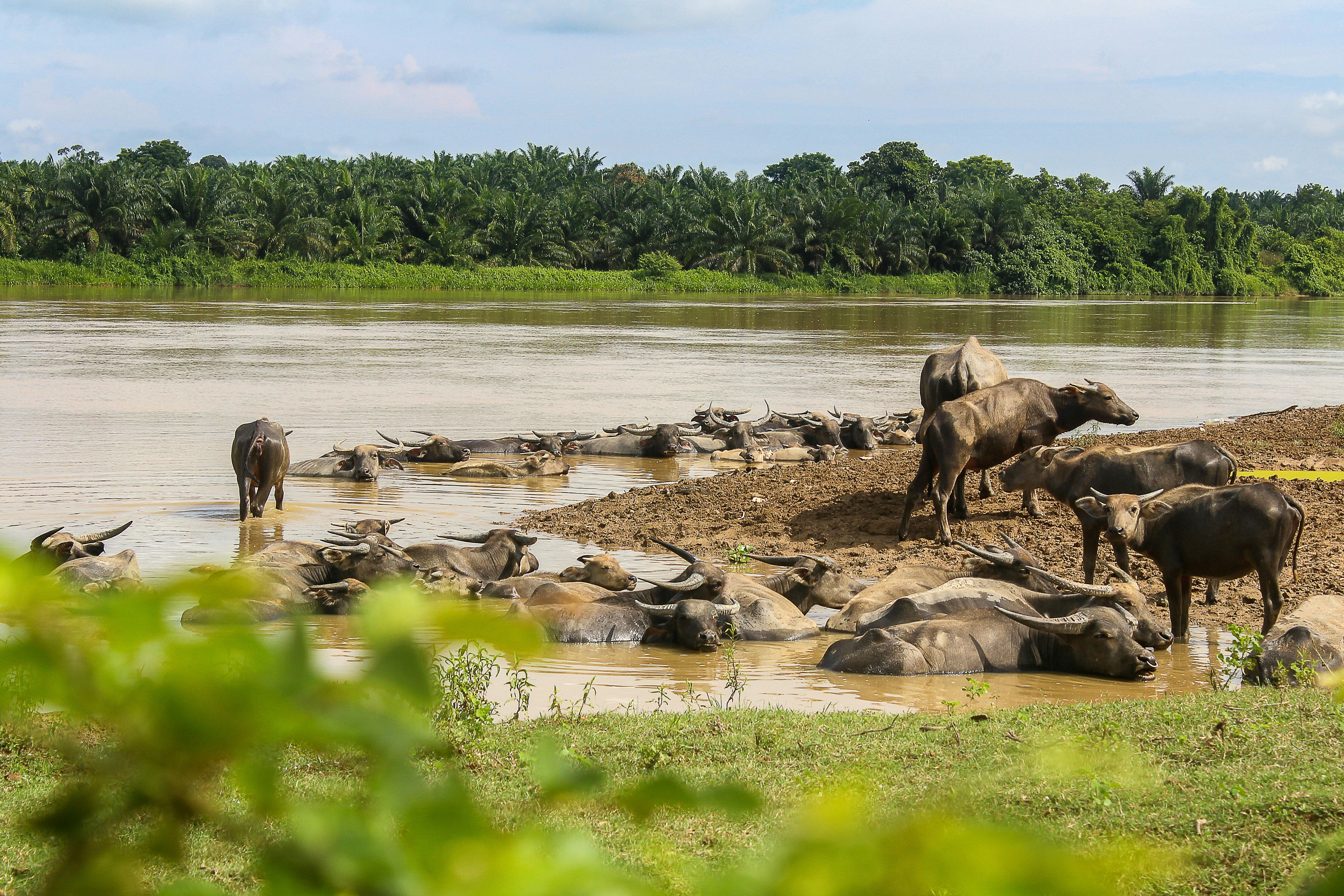Week 32: Conservation Finance News
JC3 updating its Climate Data Catalogue to include biodiversity data
The Joint Committee on Climate Change (JC3) held its thirteenth meeting on July 23, 2024, to advance its initiatives concerning climate data and finance. Key actions agreed upon include developing national emissions factors through collaboration between government and financial sectors, and reducing reporting burdens for companies by standardizing templates for climate-related information. The JC3 also established the Climate Finance Innovation Lab to facilitate innovative financial solutions for decarbonization and to support pilot projects, accompanied by the upcoming JC3 Climate Data Catalogue, which will include additional biodiversity data. To know more, you can click here.
Malaysian Biodiversity Council discusses amending laws for Sarawak forest carbon project
The 2nd National Biodiversity Council Meeting has agreed to add five new ministries to strengthen cross-sectoral biodiversity management efforts. Among the outcomes are the recognition of the Seladang as an endangered species of national importance and the development of a Conservation Management Plan for it. The meeting also addressed financial incentives for biodiversity conservation, Malaysia's Biodiversity Center, and legislation amendments for forest carbon projects in Sarawak. Click here to learn more.
Malaysian seizure validates enforcement of protected area
A significant wildlife seizure near Taman Negara National Park in Malaysia led to the arrest of four individuals and the confiscation of over 1,000 wildlife parts from endangered species, including tigers, leopards, and pangolins. This action highlights the importance of enhanced enforcement in biodiversity hotspots. The case, involving both local and Vietnamese nationals, underscores persistent poaching threats and the need for ongoing investment in wildlife protection efforts. To learn more, you can click here.
Malaysia proposes ASEAN carbon project standard
NRES Minister, Nik Nazmi proposed an ASEAN standard for carbon projects to ensure credibility, following the launch of the country's first nature-based carbon credits auctioned on the Bursa Carbon Exchange. Establishing a regional standard for carbon credits under the Paris Agreement requires mutual agreements and legal alignment. Malaysia aims to lead in setting regional standards for carbon markets during its upcoming ASEAN chairmanship in 2025. Click here to learn more.
SBTi releases technical publications for Corporate Net-Zero Standard review
The Science Based Targets Initiative (SBTi) has released a study on carbon credits, finding that various types are ineffective in achieving their intended mitigation outcomes. This poses a challenge to SBTi's plan to allow companies to buy carbon credits to offset their emissions and meet climate targets. The decision has led to internal dissent, criticism from environmental groups, and complaints to the UK charity regulator. Additionally, an independent review of academic articles on corporate carbon offsetting found that only a small number met inclusion criteria, making it difficult to draw robust conclusions. To know more, you can click here.
Vietnam earns $51.5 million from forest carbon trading
In recent years, localities have received proposals for forest carbon services, including measuring, reporting, verifying, issuing, and trading forest carbon credits. The Ministry of Agriculture has tasked the forestry sector with cutting emissions by at least 39.31 million tons of CO2 by 2025 and 79.1 million tons by 2030. Vietnam is implementing a program for transferring emission reduction results/forest carbon credits and preparing to negotiate and implement agreements in other regions. Provinces have proposed pilot projects for forest carbon credit investment but face challenges due to a lack of legal regulations and guidance. To know more, you can click here.
CFA looks to collaborate with VERRA on stewardship certificates
A conservation finance organization named Conservation Finance Alliance (CFA) is developing stewardship certificates with VERRA, aiming to increase financial viability in well-managed areas. The framework focuses on maintaining high-quality ecosystems and could apply to protected areas to prevent land conversion. Plans will be presented at COP16 UN biodiversity summit for feedback, aligning with other initiatives like Social Carbon's nature stewardship credits. Click here to learn more.
GRI and TNFD collaborates to make reporting on biodiversity easier
GRI and TNFD have collaborated to produce an interoperability mapping resource that aligns the TNFD Disclosure Recommendations and metrics with the GRI Standards. This resource aims to assist organizations in reporting their biodiversity impacts using the GRI Standards, allowing for simplified, single-source reporting. The mapping highlights high levels of alignment between the two sets of standards, including consistent nature-related concepts and definitions, materiality approaches, and disclosure metrics. The collaboration seeks to prevent double reporting and ensure transparent disclosure of impacts on biodiversity. Click here to learn more.
Deforestation spikes in Tripa Peatland within the Leuser Ecosystem
Deforestation in the Tripa Peatland within the Leuser Ecosystem, driven by palm oil production, has intensified. PT. Surya Panen Subur II has cleared 155 hectares despite being fined for illegal burning. Tripa's peatlands, crucial for carbon sequestration and biodiversity, have dwindled from 52,000 to 7,300 hectares. Palm oil expansion threatens local communities, wildlife, and climate. Efforts to stop this destruction have been ineffective, prompting calls for stricter actions against involved companies and better protection for these vital ecosystems. To learn more, click here.
Rethinking blue carbon's value to support local communities
The World Economic Forum (WEF) article discusses the concept of "blue carbon," which refers to carbon captured by coastal and marine ecosystems. Reframing its value can help support local communities by linking blue carbon credits to sustainable development goals. This approach could provide financial incentives for conservation and restoration efforts, benefiting both the environment and local livelihoods. The article highlights the need for standardized methodologies, robust data, and collaboration among stakeholders to fully realize the potential of blue carbon markets. To know more, you can click here.



